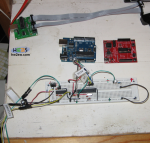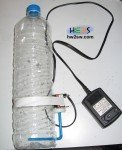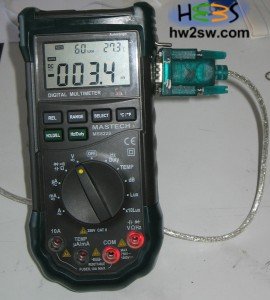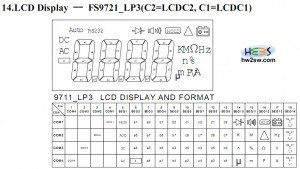
Why should we build an Arduino platform on breadboard?
A simple answer is: why not?
This is far away to be an idiot answer, because sometimes people wants to take account into electronics but doesn't know where to start from.
Differently from a pure theoretic book, the practice is a continuous discover of our potentialities.
Very few people has the ability to see in mind what a theory can onto the matter, while the opposite path is more widely available.
The strength of a good practical spirit is the ability to better understand the theory!
So... why not?
...continue reading "Constructing an arduino on a breadboard"




